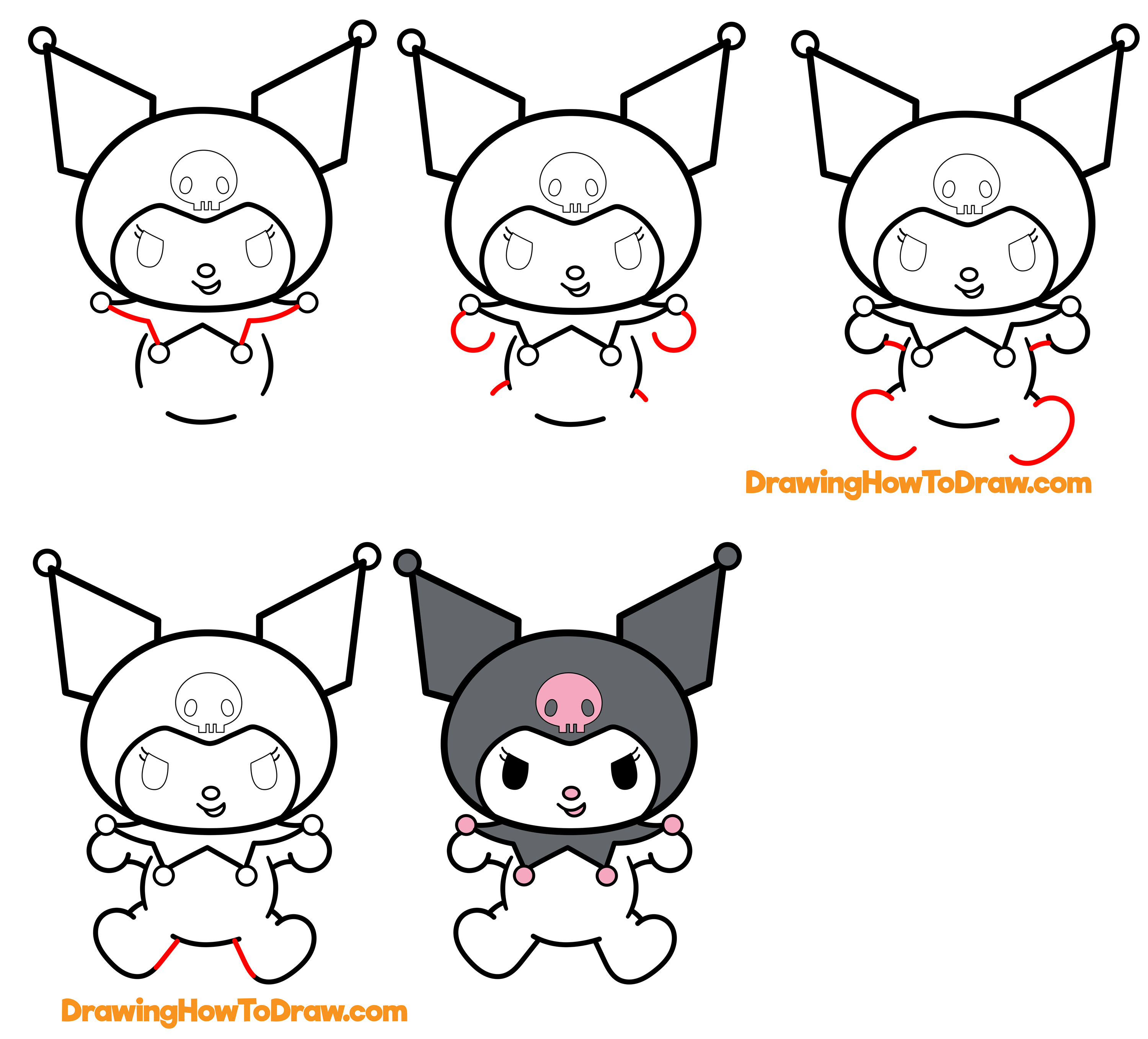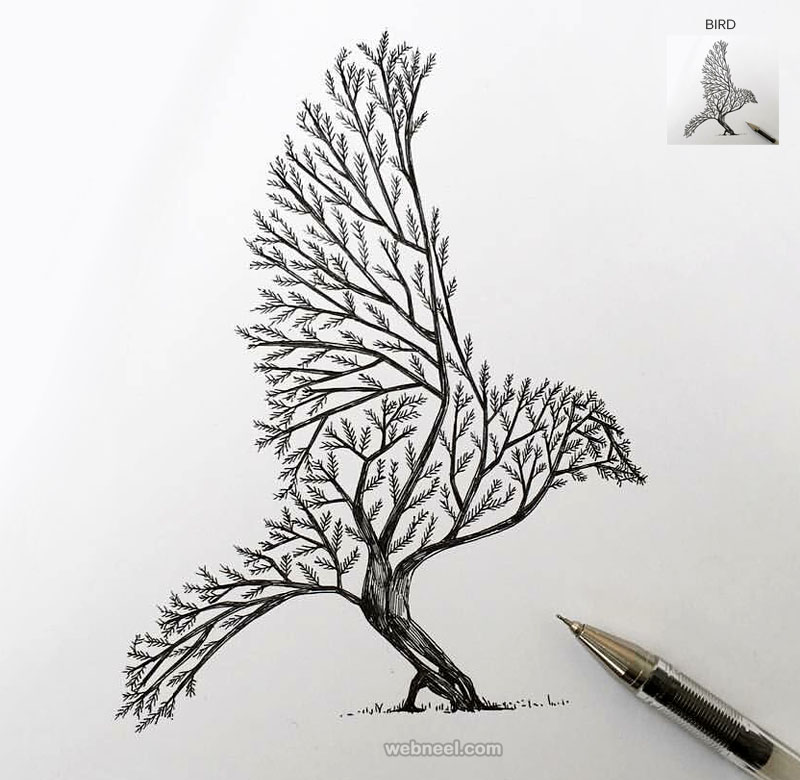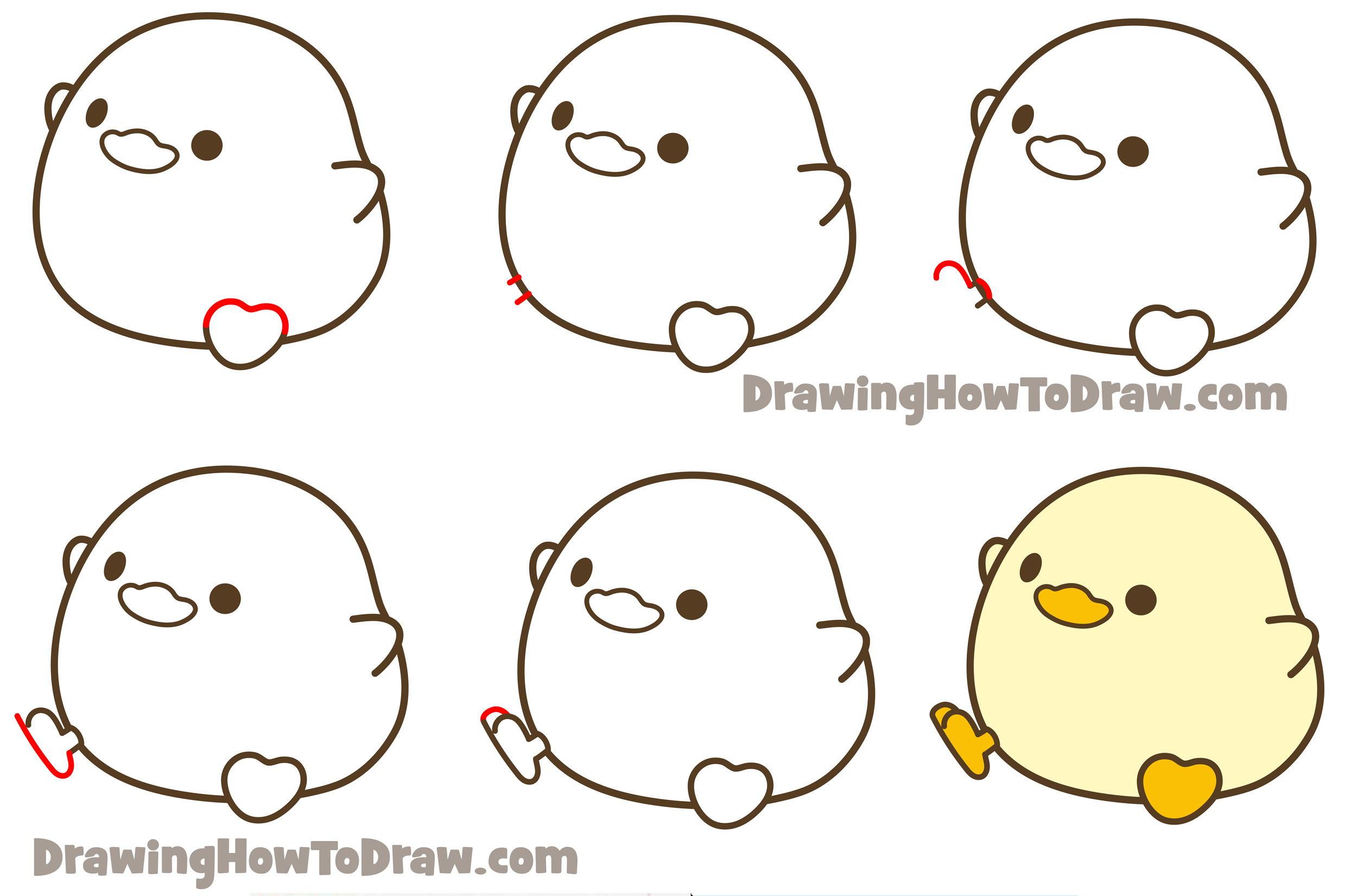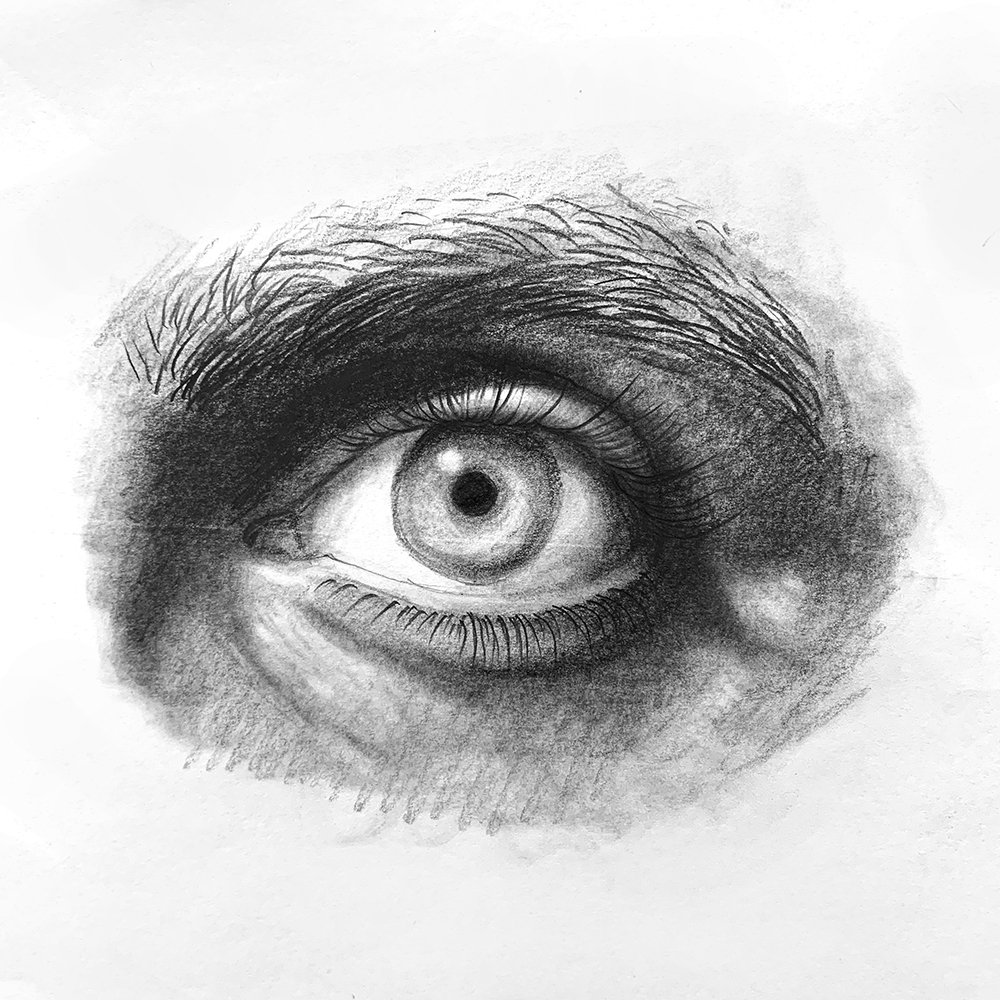Understanding the arrangement of atoms and electrons within molecules is crucial for comprehending chemical properties and reactions. This is where Lewis structures come into play. They offer a simplified yet powerful way to visualize the bonding and non-bonding electrons in a molecule, helping us predict molecular geometry, polarity, and reactivity. This post will provide you with a comprehensive guide to understanding and completing a “Drawing Lewis Structures” worksheet. Mastering this skill is a foundational step in your journey through chemistry. We’ll cover the fundamental rules and step-by-step procedures, followed by a complete answer key to a sample worksheet so you can check your work and solidify your understanding. Let’s dive in!
Understanding Lewis Structures: A Step-by-Step Approach
Lewis structures, also known as electron dot diagrams, are visual representations of covalent bonds and lone pairs of electrons in a molecule. The process of drawing them follows a predictable set of rules, allowing for consistent and accurate depiction of electron distribution.
Step 1: Count the Total Valence Electrons. This is the most important first step. Valence electrons are the electrons in the outermost shell of an atom and are the ones involved in bonding. Determine the number of valence electrons for each atom in the molecule by looking at its group number in the periodic table. Sum these values to find the total number of valence electrons available for the molecule.
Step 2: Determine the Central Atom. The central atom is usually the least electronegative element (excluding hydrogen) in the molecule. If carbon is present, it’s almost always the central atom. Remember that hydrogen can only form one bond, so it will never be the central atom.
Step 3: Draw a Single Bond Between the Central Atom and Each of the Other Atoms. Represent each single bond with a single line, which represents two shared electrons.
Step 4: Distribute the Remaining Electrons as Lone Pairs. First, complete the octets (8 electrons) of the surrounding atoms (except hydrogen, which only needs 2 electrons to complete its duet). Then, place any remaining electrons as lone pairs on the central atom. Remember that some elements can exceed the octet rule, particularly those in the third period and beyond.
Step 5: Form Multiple Bonds if Needed. If the central atom does not have an octet after completing steps 1-4, try forming double or triple bonds by sharing lone pairs from the surrounding atoms. Keep in mind that carbon, nitrogen, oxygen, and sulfur are common elements to form multiple bonds.
Step 6: Check Your Work. Make sure the total number of electrons used in your Lewis structure matches the total number of valence electrons calculated in step 1. Also, verify that all atoms (except hydrogen) have achieved an octet (or duet for hydrogen). Finally, double-check your placement of formal charges, if needed (formal charge = # of valence electrons – # of nonbonding electrons – 1/2 # of bonding electrons). The best Lewis structure minimizes formal charges.
Sample Molecules and Their Lewis Structures:
Let’s consider some common molecules and their corresponding Lewis structures.
* Water (H2O): Oxygen is the central atom, and it forms two single bonds with the two hydrogen atoms. Oxygen also has two lone pairs, satisfying its octet.
* Carbon Dioxide (CO2): Carbon is the central atom, and it forms two double bonds with the two oxygen atoms. Each oxygen atom has two lone pairs.
* Ammonia (NH3): Nitrogen is the central atom, forming three single bonds with three hydrogen atoms. Nitrogen has one lone pair.
These are simple examples, but the same principles apply to more complex molecules. Practice is key to mastering Lewis structures.
Drawing Lewis Structures Worksheet: Answer Key
Here’s a sample “Drawing Lewis Structures” worksheet and its corresponding answer key. Use this as a reference to check your work and identify areas where you might need further practice.
-
Molecule: Methane (CH4)
- Lewis Structure: A carbon atom in the center, single-bonded to four hydrogen atoms. No lone pairs.
-
Molecule: Hydrogen Cyanide (HCN)
- Lewis Structure: H-C≡N (Hydrogen single-bonded to Carbon, Carbon triple-bonded to Nitrogen). Nitrogen has one lone pair.
-
Molecule: Sulfur Dioxide (SO2)
- Lewis Structure: Sulfur is the central atom, single-bonded to one oxygen atom, and double-bonded to the other oxygen atom. Sulfur has one lone pair. The single-bonded oxygen has three lone pairs, and the double-bonded oxygen has two lone pairs. This molecule exhibits resonance.
-
Molecule: Carbon Tetrachloride (CCl4)
- Lewis Structure: Carbon in the center, single-bonded to four chlorine atoms. Each chlorine atom has three lone pairs.
-
Molecule: Nitrogen Gas (N2)
- Lewis Structure: N≡N (Nitrogen triple-bonded to Nitrogen). Each nitrogen atom has one lone pair.
-
Molecule: Nitrate Ion (NO3–)
- Lewis Structure: Nitrogen in the center, double bonded to one oxygen and single bonded to two oxygens. The double bonded O has two lone pairs, while the single bonded oxygens each have three lone pairs. The entire structure has a -1 charge, which must be noted. This molecule exhibits resonance. Place the structure in brackets with a -1 charge outside.
-
Molecule: Formaldehyde (CH2O)
- Lewis Structure: Carbon in the center, double bonded to oxygen and single bonded to two hydrogens. Oxygen has two lone pairs.
-
Molecule: Phosphate Ion (PO43-)
- Lewis Structure: Phosphorus is the central atom, single bonded to four oxygen atoms. Each oxygen atom has three lone pairs. The entire structure has a -3 charge, which must be noted. Place the structure in brackets with a -3 charge outside.
Remember to practice drawing Lewis structures for a variety of molecules and ions. Use the steps outlined above as a guide, and consult the periodic table to determine the number of valence electrons for each atom. By mastering this skill, you will gain a deeper understanding of chemical bonding and molecular structure.
If you are searching about How to Draw Kuromi from My Melody and Hello Kitty Easy Step by Step you’ve visit to the right web. We have 20 Images about How to Draw Kuromi from My Melody and Hello Kitty Easy Step by Step like Online Drawing Collection | Learn How To Draw, Art Drawing – Drawing Skill and also Owl Pencil Sketch at Beverly Marone blog. Here it is:
How To Draw Kuromi From My Melody And Hello Kitty Easy Step By Step

www.drawinghowtodraw.com
Art Drawing – Drawing Skill

www.drawingskill.com
Online Drawing Collection | Learn How To Draw

artistsfloor.com
Learn To Draw Step By Step – Apps On Google Play
play.google.com
Cool Pencil Drawing Designs

ar.inspiredpencil.com
Sun Draw Easy

bilag.xxl.no
Drawing Exercises For Beginners – Creative Flair Blog

blog.creativeflair.org
Owl Pencil Sketch At Beverly Marone Blog

storage.googleapis.com
Incredible Compilation Of Over 999 Sketch Drawing Images – Impressive

lassho.edu.vn
How To Draw A Cute Chibi / Kawaii Cartoon Duck Easy Step By Step

www.drawinghowtodraw.com
Learn How To Draw In These FREE Expert Instructions – Artists Network

www.artistsnetwork.com
51 Easy Spring Drawing Tutorials

easydrawingguides.com
Sad Drawings Easy Pencil

artant.vercel.app
Dolphin Step By Step Drawing

revivalportal.goodwood.com
A Girl With Beautiful Hair Pencil Sketch Drawing / How To Draw A Girl Ⅷ

blog.gongquiz.com
Free Online Drawing Classes: Easy Ways To Learn How To Draw Right Now

www.thrillist.com
How To Draw A Cute Panda | Easy Drawings Step By Step | Drawing Ideas

www.youtube.com
How To Draw A Simple Mouse

drawing.mapadapalavra.ba.gov.br
7 Ways To Make Drawing More Fun – Binge Drawing

bingedrawing.com
Art Lessons Online – Adult Drawing Classes — Artory School

artory.com.au
Art lessons online. Sad drawings easy pencil. How to draw a simple mouse